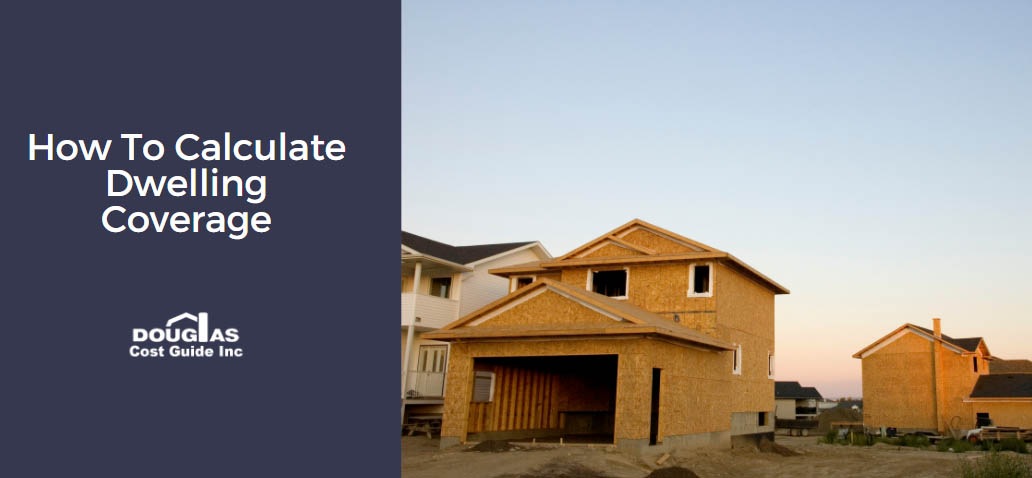What Is Dwelling Coverage?
Homeowners may sometimes lean on overly simplified methods when trying to understand how to calculate dwelling coverage. This type of coverage is a fundamental aspect of a homeowner’s insurance policy and is inherently linked to home replacement cost. Dwelling coverage is usually part of any reasonable home insurance policy that should provide the resources for full, fair home replacement cost in the event your house is destroyed or damaged beyond repair by incidents such as the following:
- Fire or Smoke Damage
- Lightning Strike
- Explosion
- Vandalism or Theft
- Falling Objects
- Severe Weather Events
- Impact from an Aircraft
- Impact from a Motor Vehicle
When it’s time to take out or renew a home insurance policy, it’s critical to avoid a common misconception. Home replacement cost and the structure’s actual cash value are not the same things. In fact, they are distinctly different. That’s why homeowners would be well-served to use the Douglas Residential Cost Guide to calculate dwelling coverage accurately.
What Does Dwelling Coverage Cover?
Dwelling coverage is usually the top-line item in any homeowner’s insurance policy. The figure in your documents should cover peripheral issues such as razing a damaged structure, hauling away debris, permits, and meeting new building regulations in some cases. An accurate estimate accounts for all of the items that comprise a complete rebuild. These include the following:
- The foundation
- Entire frame and roof
- Fireplaces and chimneys
- Plumbing and electrical
- HVAC systems
- Decks and attached garages
- Built-in cabinets, sinks, and other fixtures
- Built-in appliances
- Exterior finishes, doors and windows
All of these and other parts must be factored into a dwelling coverage estimate in your policy. But the key to recovering all of your losses revolves around how you calculate home replacement cost.
How Much Dwelling Coverage Do I Need?
The difference between home replacement cost and actual cash value routinely confuses property owners. And a mistake in your dwelling coverage figure could prove costly if disaster strikes.
Actual cash value is calculated by taking the estimated Replacement Cost minus Physical Depreciation. Given its condition, original materials and updates / improvements over the year, Physical Depreciation is estimated as a percentage of the Replacement Cost. By contrast, home replacement cost is the amount required to rebuild the structure at today’s prices. All of the parts, building materials and appliances would need to be purchased brand new. A total rebuild involves paying prevailing construction wages and other seemingly peripheral costs.
When homeowners don’t calculate dwelling coverage accurately, they may suffer substantial out-of-pocket expenses if the house is damaged or destroyed. The last thing a family needs after losing their home is to take out a second mortgage to rebuild.
How to Calculate My Home’s Replacement Cost?
Considered the gold standard for accuracy, the Douglas Residential Cost Guide brings more than 30 years of experience and the most up-to-date information to the process. The user-friendly resource makes determining homeowners’ insurance figures easy. If you want to know how to calculate dwelling coverage, use the Douglas Cost Guide.

